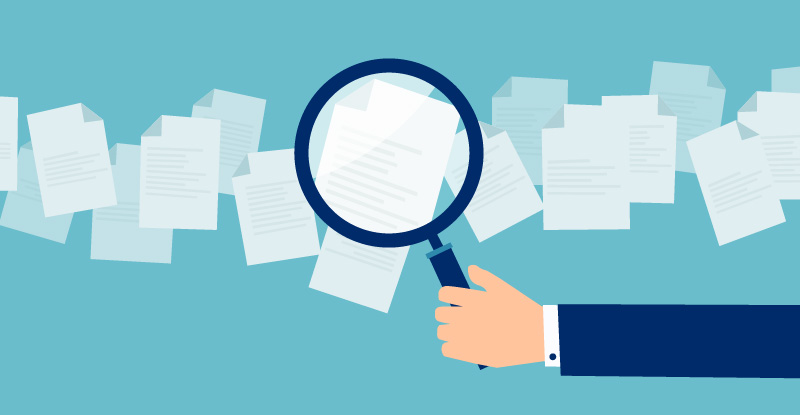
Believe it or not, the tax-free savings account (TFSA) has been around in Canada for nine years now. If you haven’t given much thought to it in the past or you’re just thinking about investing into a TFSA account, here are some things you’ll want to know.
What is a TFSA?
A TFSA is one of two types of registered investment accounts. The other type is called a registered retirement savings plan (RRSP). With a TFSA, you can invest in financial products ranging from Guaranteed Investment Certificates, stocks, mutual funds, index funds, and foreign currencies. In order for you to be able to buy these types of investments, you’ll have to deposit or “contribute” some money to your TFSA account.
You can open up a TFSA at various financial institutions, whether it’s your bank, a credit union, or a robo-advisor. If you’re opening up a TFSA at a bank, you should decide if you want to take a DIY approach to investing, or have an advisor manage your funds for you. There are different kinds of TFSA accounts that allow you to make trades by yourself, which is why it’s important to make that decision early.
How much can I contribute to my TFSA?
Your TFSA contribution limit is based on your age. It has changed a bit since TFSAs first came out, but for 2018, if you’re over the age of 18, you can contribute up to $5,500 this year. If you have never contributed to your TFSA and were born before the year 2000, you can contribute up to $57,500 for 2018. And if you don’t contribute to your TFSA this year, your contribution room carries forward to the following year.
On the other hand, make sure you don’t over-contribute to your TFSA, or you’ll have to pay 1% penalty per month on the excess for the rest of the year. For example, if your contribution limit is $5,500 for 2018 and you contributed $3,000 on January 2 and another $3,500 on January 20, you have an excess contribution of $1,000. As a result, you would be paying 1% on the $1,000 monthly until the start of 2019.
Similar to overpaying, you also need to be careful about withdrawing from your TFSA. If you need to do it, be mindful of when your contribution amount resets.
What happens when I withdraw money from my TFSA account?
Unlike the RRSP, you don’t have to pay any taxes when you withdraw money from your TFSA account. Your contributions to your TFSA account are considered after-tax money (money you received from a pay cheque), so you’ve already paid taxes on it.
But you must be careful because when you withdraw money from your TFSA, you will “lose” that portion of your contribution room for that year. Similar to the example above, once you withdraw from your TFSA, your contribution limit actually stays the same until January 1 of the following year. If you contribute $4,000 on March 1 and then withdraw $2,000 on April 30, you can still only contribute $1,500 more that year without penalty.
Should I take advantage of a TFSA High Interest Savings Account at my bank?
Some banks offer a high interest savings account for your TFSA. This may be good for you if you plan to make a withdrawal from your TFSA in the near future, but it doesn’t use the TFSA to its full potential in the long-run.
The return you receive on these accounts is low compared to returns from index funds or stocks. You may be better off following the Couch Potato Portfolio approach for your TFSA account, and let the money grow over the long-term. For your safety net, you can still keep a regular savings account and pay a small amount of tax on the interest.
For more information on your TFSA, RRSPs, and tax deductions and incentives, check out CPABC’s RRSP and Tax Tips at rrspandtaxtips.com.
Justin Lee, CPA, is the co-founder of Young Guys Finance, an online video channel that teaches young Canadians the essentials of personal finance planning and management. Watch their videos at youtube.com/youngguysfinance.



